latest
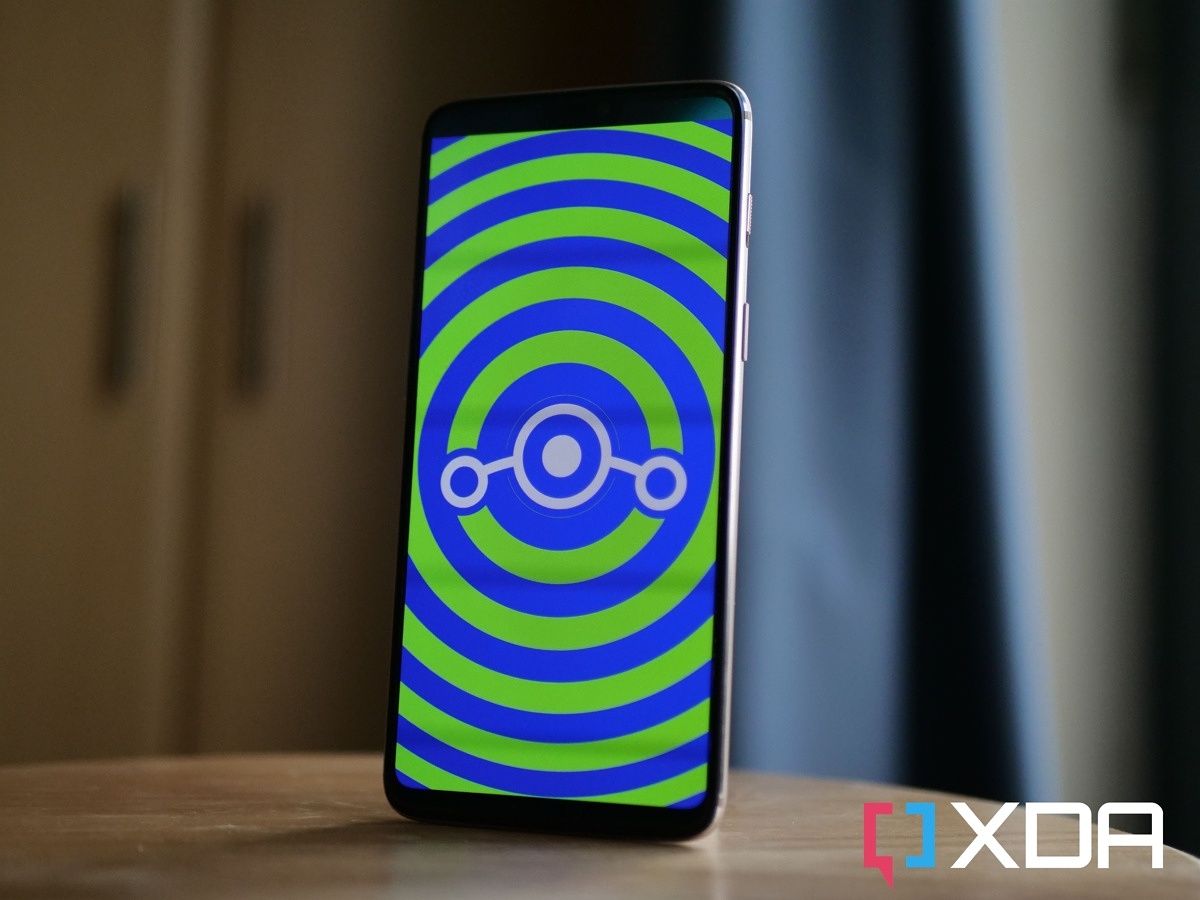
LineageOS 19 is now available for the OnePlus 9/9 Pro, POCO X3 Pro, and Xiaomi Mi A1
Official LineageOS 19 support is here for the OnePlus 9, OnePlus 9 Pro, POCO X3 Pro, and the Xiaomi Mi A1. Read on to know more!
The LineageOS team has extended LineageOS 19 support to several devices since debuting the ROM earlier this year in April. Over the last month, devices like the Samsung Galaxy S10, POCO F3, and OnePlus 5/5T received support for the Android 12-based custom ROM. Since our previous coverage, the team has added four new devices to the official build roster.
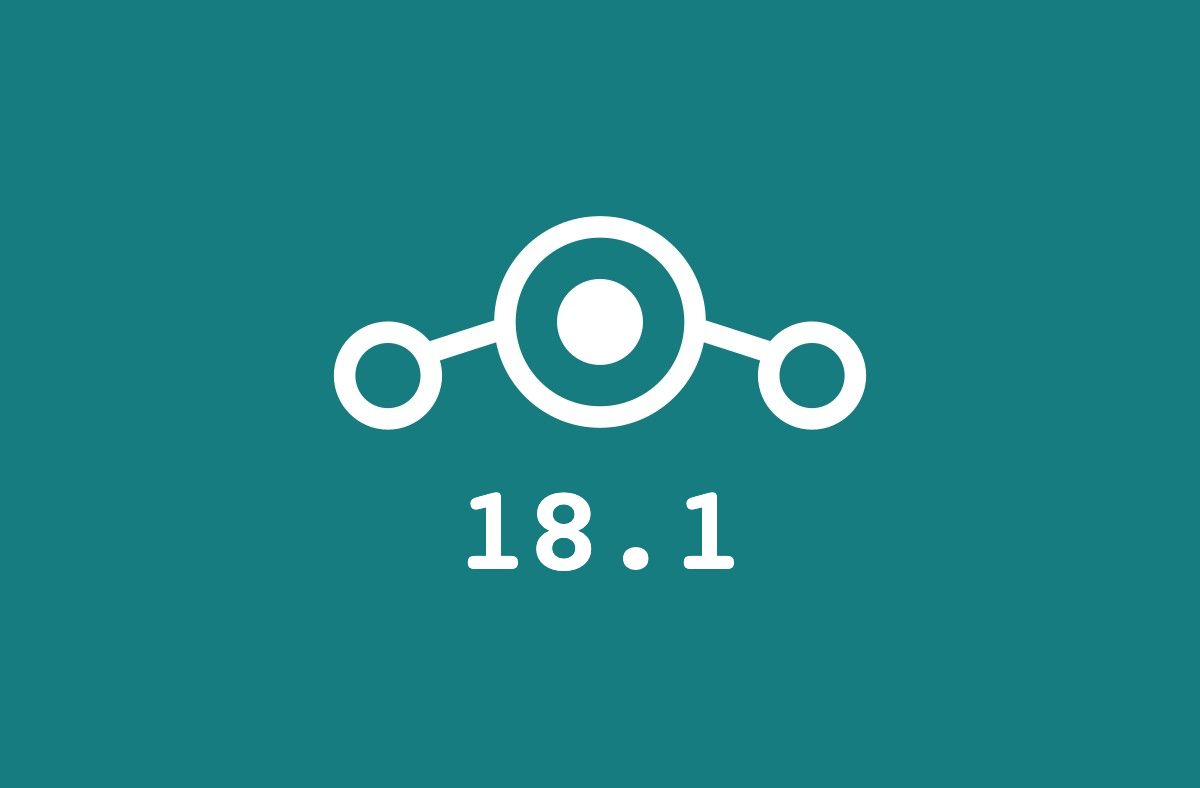
LineageOS 18.1 adds support for the OnePlus 9, Xiaomi Mi 10 Lite 5G, and more
LineageOS 18.1 based on Android 11 is now available for the OnePlus 9, ASUS ZenFone Max M1, Mi 10 Lite 5G, and Xiaomi Mi A1.
After bringing LineageOS 18.1 based on Android 11 to the ASUS ROG Phone 3, Sony Xperia XZ2 Premium, Redmi Note 6 Pro, and more in November last year, the LineageOS team has now extended official LineageOS 18.1 support to a few more Android devices.

Resurrection Remix 8.5.7 based on Android 10 is now available for several Xiaomi, OnePlus, Samsung, and Google devices
The Resurrection Remix team has released Resurrection Remix 8.5.7 builds based on Android 10 for multiple smartphones from different OEMs.
If you consider yourself a true flashaholic, then the name "Resurrection Remix" should ring a bell. The custom ROM is known for its style and customizability, while its foundation is based on bits and pieces from LineageOS, Pixel Experience, and OmniROM. The developers started rebasing the project on top of Android 10 a few months ago, and they are now confident enough to remove the beta tag. The Resurrection Remix team has recently announced its first set of stable builds based on Android 10 for a bunch of devices, including several Xiaomi smartphones and a few others from ASUS, OnePlus, Samsung, and other OEMs.

Descendant X custom ROM for the Xiaomi Mi A1 and Mi 9 adds "Guardia," a background permission monitor
Descendant X custom ROM by XDA Senior Member Dil3mm4 adds a nifty background permission monitor called Guardia. Read on to know more!
The open, no-walled-garden design of Android gives users the freedom of customization. Thanks to the vibrant aftermarket development community, Android users can enjoy plenty of features that are otherwise not implemented by Google or OEMs. Take the example of Android's new advanced permission management control system called Permissions Hub— something that was present in early leaked Android Q builds but Google didn't ship in public releases. The relevant code snippets do still exist in AOSP, which have later been forked by the LineageOS team, and now it is accessible to regular users via LineageOS 17.1. XDA Senior Member Dil3mm4 has now taken another shot at enhancing the permission mechanism in their own way. Dubbed "Guardia", the new background permission monitor is part of the latest build of their custom ROM, Descendant X.
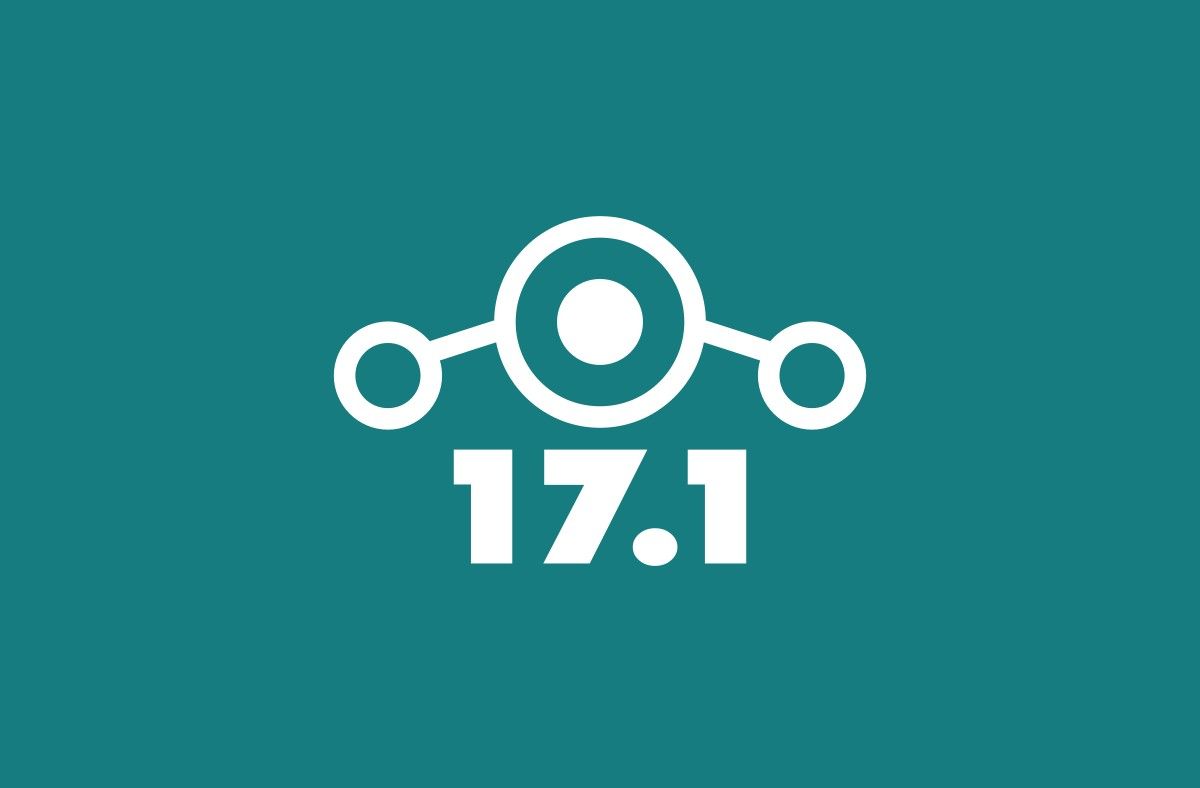
LineageOS 17.1 adds support for the Xiaomi Mi A1 and Samsung Galaxy J7 2015, drops support for the Realme 3 Pro
The Samsung Galaxy J7 2015 and Xiaomi Mi A1 have now received support for LineageOS 17.1, while the Realme 3 Pro has been dropped.
After dealing with a security breach early this year in May, the LineageOS team finally got back on track with LineageOS 17.1 releases for new devices last month. The team added support for 5 Motorola devices and 5 Xiaomi devices, including the Moto G 2015, Xiaomi Mi 5, Moto G4 Play, Xiaomi Mi Mix, and more. Since our previous coverage, the team has added support for two more devices and has dropped support for the Realme 3 Pro.
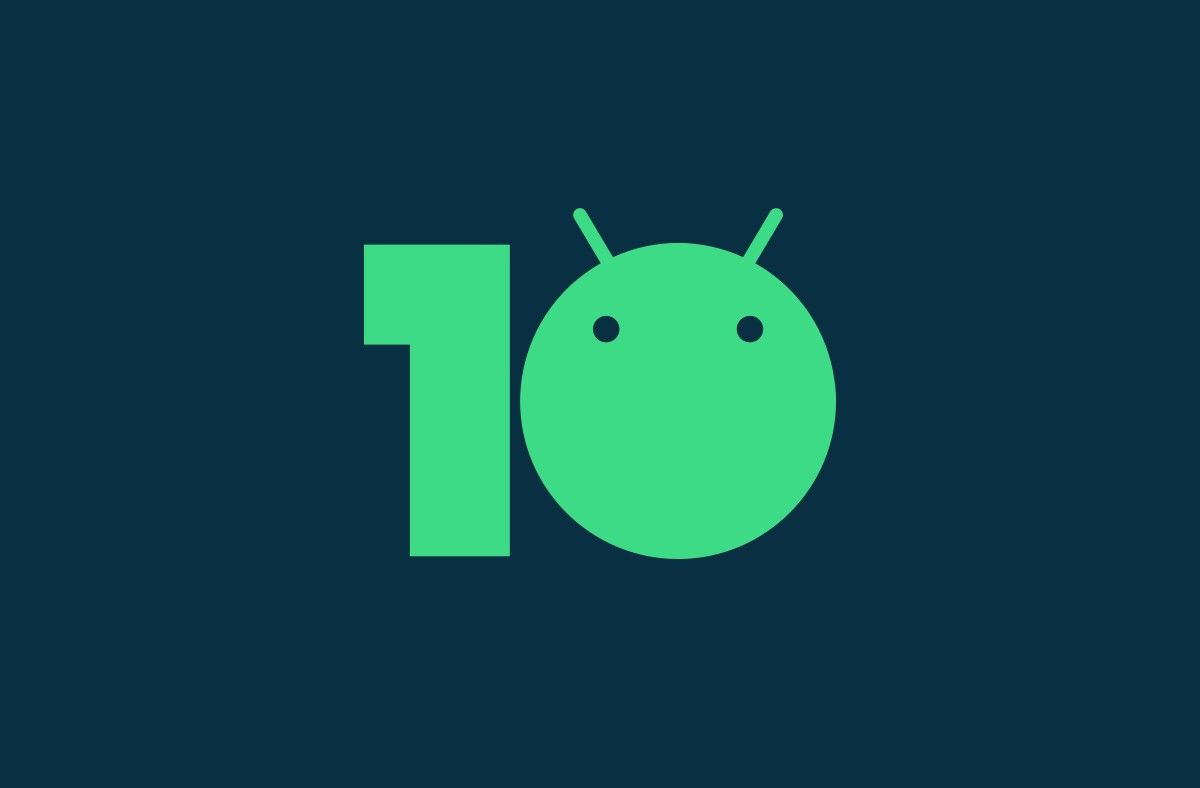
Android 10 custom ROMs are here for the Xiaomi Redmi Note 7 Pro, Mi A1, and Google Nexus 5X
The Xiaomi Redmi Note 7 Pro, the Xiaomi Mi A1, and the Google Nexus 5X join in on the Android 10 party with early builds of Pixel Experience custom ROM!
The Android 10 party is underway here at XDA-Developers, and everyone is invited. If you own a current-generation device like the Google Pixel, the Essential Phone, the Xiaomi Redmi K20 Pro, the OnePlus 7 and OnePlus 7 Pro, you can already try out builds that have been officially released by the OEM. If you use a relatively older device, including but not limited to, the Asus ZenFone Max Pro M1, Xiaomi Mi 8, Mi 6, POCO F1, Redmi Note 5, Xiaomi Mi A2, Mi Mix 2, Mi Mix 2S, OnePlus 6, OnePlus 6T, Asus ZenFone 6/Asus 6z, Asus ZenFone 5z, LG G2, and the Xiaomi Mi 3, Xiaomi Mi 4, Redmi Note 7 and Lenovo ZUK Z2 Plus, you can try out an unofficial build of Android 10 through a custom ROM by following along the relevant hyperlinks. More users are invited to this party, as Android 10 custom ROMs are now rolling out for the Xiaomi Redmi Note 7 Pro, Mi A1, and Google Nexus 5X.

Xiaomi Mi A1 gets support for LineageOS 16 based on Android Pie
LineageOS 16 custom ROM based on Android Pie is now available for Xiaomi Mi A1, the Android One smartphone from the company.
LineageOS, which has evolved out of CyanogenMod, is among the most prominent custom ROMs. It was recently incremented to Android 9 Pie and at that time, supported a long list of smartphones from a host of manufacturers like Google, OnePlus, Huawei, Motorola, Samsung, Xiaomi etc. Developers are working tirelessly to bring official LineageOS 16 support to other devices and the newest to get added to this list is Xiaomi's first device under the Android One program - the Xiaomi Mi A1.
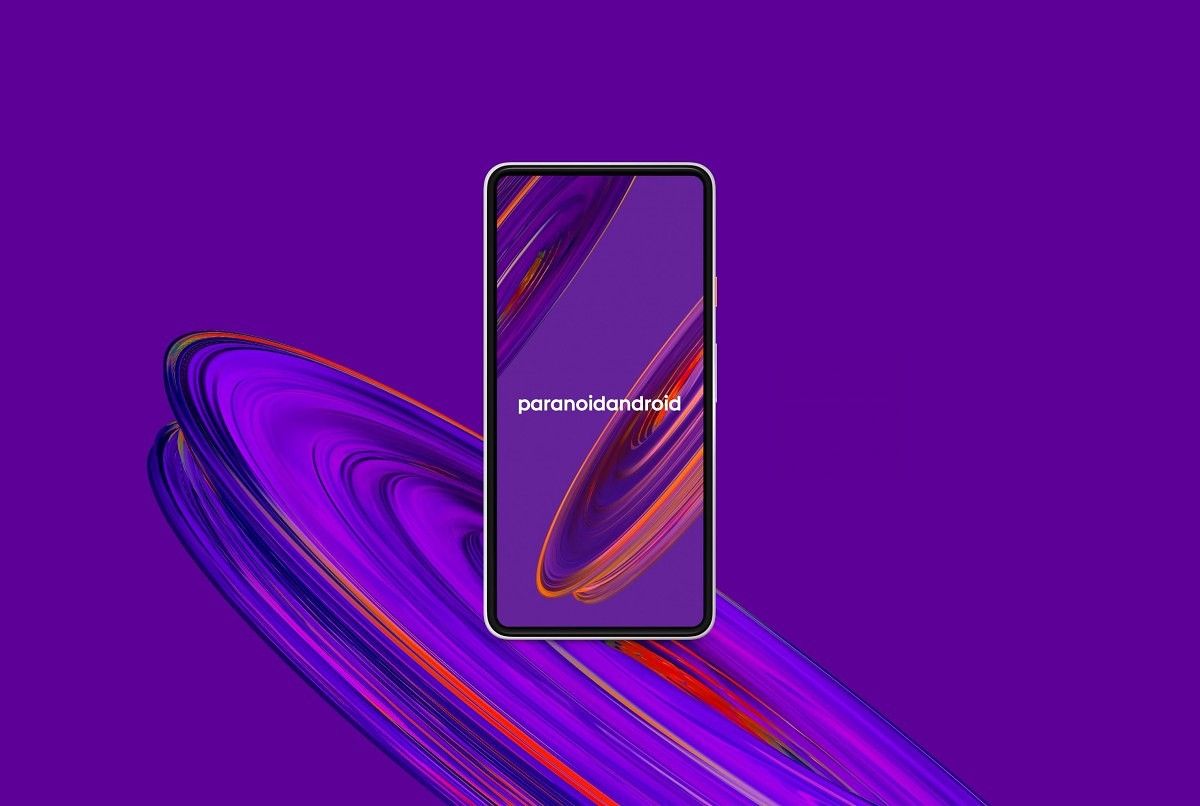
[Update: More Devices] Paranoid Android gets new features on the Xiaomi Redmi Note 5 Pro, Essential Phone, and several Sony phones
Paranoid Android is rolling out new beta builds with new features for devices like the Xiaomi Redmi Note 5 Pro, Essential PH-1, Sony Xperia X and more!
After a bit of development hiatus after the release of their Android Oreo builds, Paranoid Android announced their return with the release of Android Pie ROMs. Supported devices for the initial release included the Xiaomi POCOF1, Xiaomi Mi 8, Xiaomi Mi 6, Xiaomi Mi 5 and Xiaomi Mi Mix 2S, with beta releases for the Essential Phone, OnePlus 6, OnePlus 6T and the Moto G5 Plus.

[Update: Stable Pie update rolling out] Xiaomi Mi A1 is getting an Android Pie beta
Xiaomi Mi A1 owners have been awaiting the arrival of the Android Pie OTA update. The stable Pie build is now available to download.
The Xiaomi Mi A1 is the company's first foray into the Android One program. We felt the combination of Xiaomi's hardware and Google's Android One software was a "delight" and it provided customers an affordable smartphone with a stock Android experience. Owners have been anxiously awaiting the arrival of the Android Pie OTA update, but while that has yet to arrive, it is currently being beta tested and we have the download link for those who want to try out the major new update.

Kernel source code for the Xiaomi Mi A1's Android Pie release is available
Xiaomi has released the kernel source code for the Mi A1's Android Pie update, which has begun rolling out globally to users in certain regions.
While Android Pie was officially released earlier this year it has taken some smartphone OEMs a bit of time to get the update pushed out to some of their devices. With the Mi A2 receiving priority since it is newer, that left those who owned the Xiaomi Mi A1 wondering how long it would take before they received the update. Sadly, it's not rolling out widely just yet but a fellow community member did capture the download link for the beta build earlier this month. With a new major version upgrade of Android rolling out that means there are some kernel changes to be made.

Xiaomi Mi A1 and Redmi 5's latest updates bring Dual 4G VoLTE support
The latest Android 9 Pie update to the Xiaomi Mi A1, and the latest MIUI Global Beta update for the Xiaomi Redmi 5, bring dual 4G VoLTE support. Read on!
The Xiaomi Redmi 5 was launched early this year in India, taking its place as Xiaomi's budget offering. The device was well received by its target audience, allowing Xiaomi to retain its top spot in India in Q2 2018. Similarly, the Xiaomi Mi A1 was launched over a year ago in India, and has been received well for its no-frills approach to stock Android even though the device did not manage to sell as many units compared to the Redmi or Redmi Note lineup.

Xiaomi Mi A1 gets an Android Pie-based LineageOS 16 ROM with Linux kernel 4.9
You can download an experimental version of LineageOS 16 for those who want to take a chance on something new on their Xiaomi Mi A1.
There has yet to be an official build of LineageOS 16 released yet, but the team has been incredibly hard at work to bring everything up. This has led to some devices getting unofficial ports of early LOS 16 builds and the Xiaomi Mi A1 has been one which has been lucky enough to receive it. In a thread for a port from XDA Senior Member abhishek987 and XDA Forum Moderator / Recognized Developer flex1911, we were informed of an experimental version for those who want to take a chance on something new.
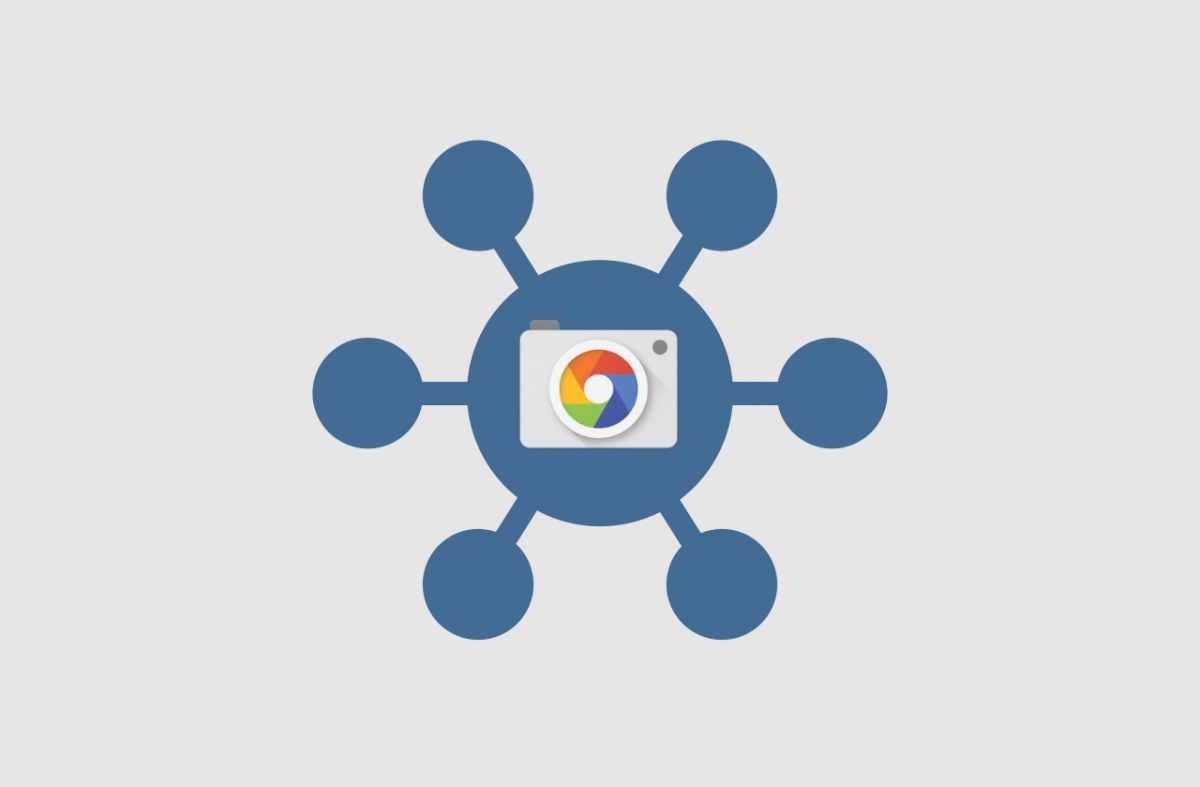
Download the best Google Camera port for your Android device
The Google Camera Port Hub is a centralized location where you can go to find a working port for your device. Currently, the hub has over 40 devices listed.
One of the best developments in the Android community in recent years has been Google Camera ports. The Google Pixel's picture-taking ability is spectacular, even though the camera hardware may be better on other devices. A lot of the Google Pixel's photo magic comes from the Google Camera app. Features like HDR+ and portrait mode make the camera really shine. A vibrant community of developers and users has sprung up to bring these features to as many devices as possible.

Xiaomi Mi A2 & Xiaomi Mi A2 Lite are the latest Android One phones from Xiaomi
Xiaomi Mi A2 & Xiaomi Mi A2 Lite, Xiaomi's successors to the Xiaomi Mi A1 Android One phone, are here. Here's the specifications, pricing, and availability.
Xiaomi made headlines last year when they announced the Xiaomi Mi A1. The device was a rebranded Xiaomi Mi 5X, a decent midrange phone, but the actual software running on it was a strong departure from Xiaomi's MIUI. The Xiaomi Mi A1 was Xiaomi's first device in the Android One program which meant the device ran a bloatware-free, no-frills stock Android experience. Now, the company has unveiled the successors to the Xiaomi Mi A1 - namely, the Xiaomi Mi A2 and the Xiaomi Mi A2 Lite. Here are the specifications, pricing, and availability for the Xiaomi Mi A2 and Xiaomi Mi A2 Lite.
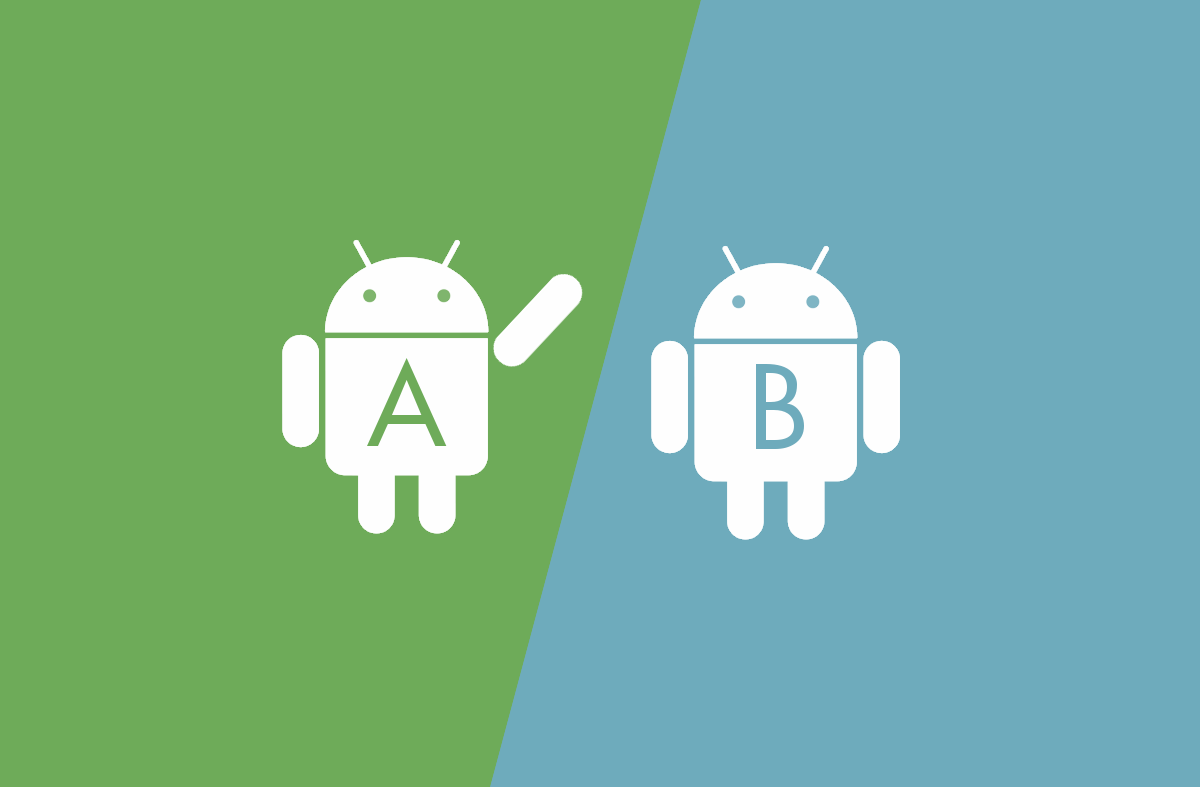
How A/B Partitions and Seamless Updates Affect Custom Development on XDA
You may have heard of Seamless Updates before. It involves something called "A/B partitions." What is it and how does it affect custom development on XDA?
When Android Nougat released, it had us talking about all kinds of new features. We got a newly updated user interface for starters along with long-awaited multiwindow capabilities and Vulkan Graphics API support. But one under-the-hood addition flew over the heads of most users. Android Nougat introduced "Seamless Updates" on devices that support A/B partitions. The vast majority of existing Android devices (excluding the new Google Pixel and Google Pixel XL) did not have A/B partitions at the time and thus couldn't take advantage of seamless updates. The basic premise of this feature is that the device has a second set of the system, boot, vendor, and other important partitions, and when you get an OTA update the update happens in the background while the second set of partitions are patched which lets you reboot into an updated software build seamlessly. If an update fails, you'll be kicked back to a working build, meaning companies will have fewer headaches to deal with and consumers are better protected.

Download LineageOS 15.1 for Xiaomi Mi A1, Samsung Galaxy S5, ZenFone 2, Xperia XA2, Lenovo P2, & OPPO R5/R5s/R7+/R7s
LineageOS 15.1 is now available for the Xiaomi Mi A1, Samsung Galaxy S5, ASUS ZenFone 2 Laser/Selfie, Sony Xperia XA2, and OPPO R5/R5s/R7 Plus/R7s.
LineageOS 15.1 is now officially available for a bunch of new devices including the Xiaomi Mi A1, Samsung Galaxy S5 (multiple variants), ASUS ZenFone 2 Laser, ASUS ZenFone 2 Selfie, Sony Xperia XA2, Lenovo P2, OPPO R5, OPPO R5s, OPPO R7 Plus, and OPPO R7s.

Xiaomi Mi A1 is getting the Android 8.1 Oreo update with June security patches
The Xiaomi Mi A1, Xiaomi's Android One device, is finally getting the official, stable update to Android 8.1 Oreo. It's rolling out globally today.
The Xiaomi Mi A1 is the Chinese company's first and so-far only device in the Android One program. It's no surprise to see why the device is so popular in the West. It has near stock Android and Xiaomi's signature mix of decent specifications at a low price. The device launched with Android 7.1 Nougat on board but later received an update to Android 8.0 Oreo. After months of waiting, it seems that Xiaomi is now rolling out the official Android 8.1 Oreo update for the device.

LineageOS 15.1 now supports A/B devices starting with the Motorola Moto Z2 Force
LineageOS 15.1 now officially supports A/B devices starting with the Motorola Moto Z2 Force. Expect support for the Pixel 2 XL, Xiaomi Mi A1, and more soon.
One of the more exciting changes that Android Nougat 7.0 brought was the introduction of A/B dual partition scheme for devices launched with this OS version. This change tackled how Android system updates are applied to devices, with the aim to provide a seamless upgrade experience to the user where a simple and quick reboot brings them into the updated OS. This change also added the benefit of a failsafe which ensured that at least one workable booting system remains on the device during an OTA update, allowing devices to "rollback" to the older system if an OTA fails to boot.

Franco Kernel released for the Xiaomi Mi A1
The ever-famous Franco Kernel has been released for the Xiaomi Mi A1, only a couple of months after the kernel source was released for the device.
It took a long time, but we finally saw the Xiaomi Mi A1's kernel sources released at the end of January, after a long battle between Xiaomi and the developer community. Lack of kernel sources didn't stop some developers. We saw a semi-functional version of LineageOS released for the device before the kernel sources even came out. Still, kernel sources were necessary for pretty much anything else. One of the developers who spearheaded the campaign against Xiaomi, XDA Recognised Developer franciscofranco, has now released his ever-famous Franco Kernel for the device. His kernel is well known for its improved battery life over the stock kernel and its "flash and forget" nature. If you're interested, there's no better time to try it out than now, given that a new version just released!
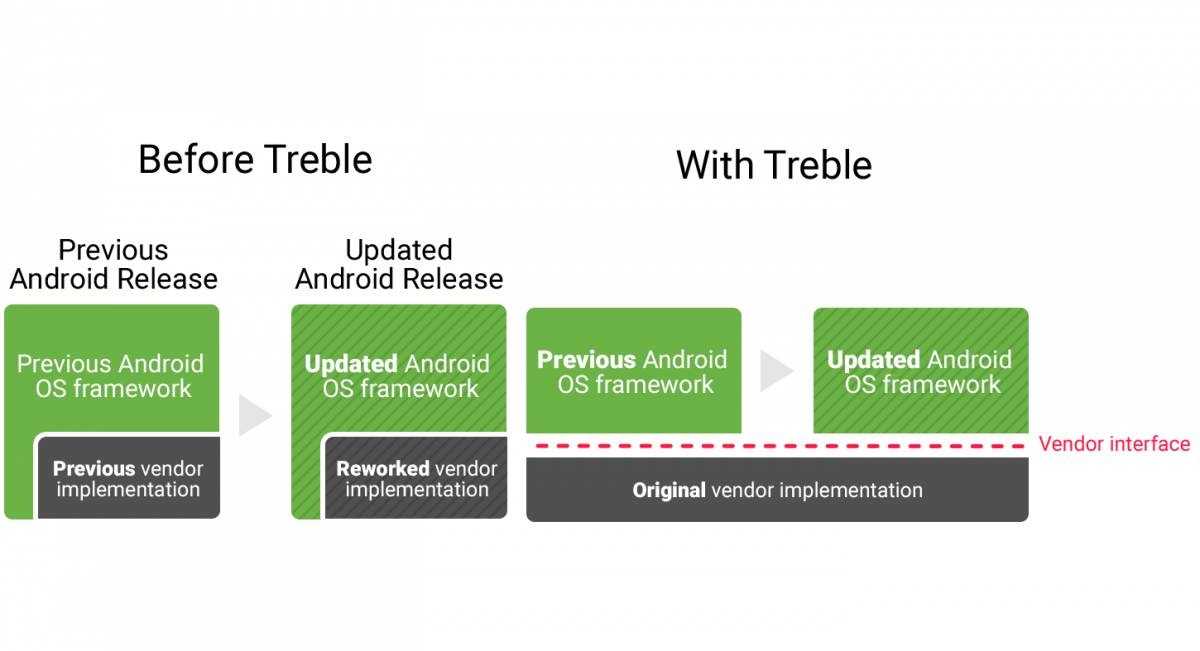
Here's a list of Android devices updated with Project Treble support
Project Treble is a major re-architecture of the way Android works. The result is that Android software updates should come faster on devices that support it. Also, it opens up a whole new avenue of custom ROMs. Check out if your device supports it!
Whereas Apple is able to keep most of their devices, even many older ones, up to date with the latest software (which sometimes involve rather controversial features), Android device makers have varying degrees of success keeping their devices up to date. Some device makers like Essential and Google are pretty good at providing security patches, while others can delay updates by months at a time. That's without considering major software updates such as from Android Nougat to Android Oreo, a software release which is installed on only slightly more than 1% of all Android devices. To combat slow Android updates, Google introduced Project Treble.







